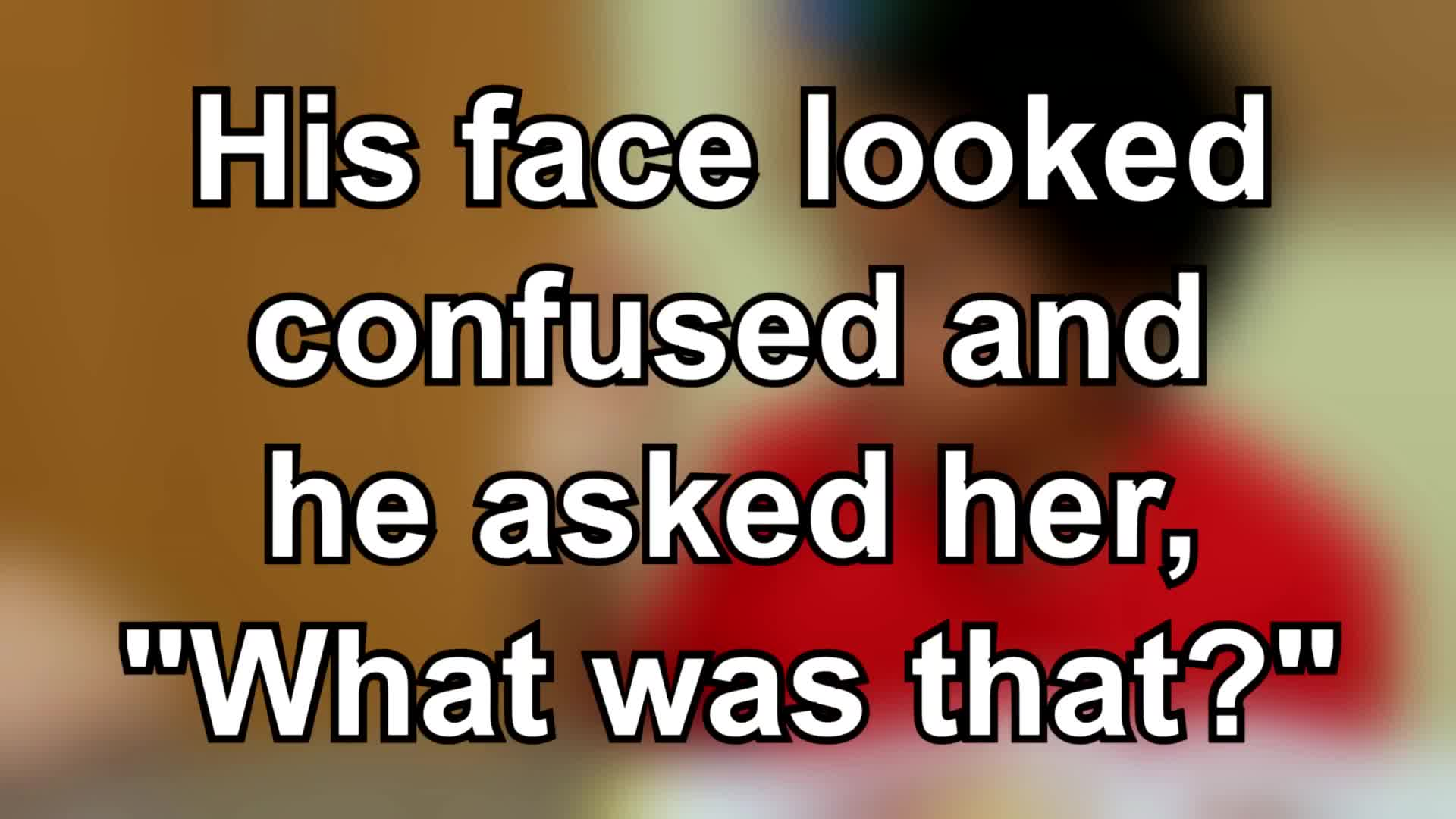
Introduction
Communication is a key aspect of social-emotional learning, and one important element of effective communication is speaking at an appropriate pace. When students speak too quickly, they may not be understood by their peers or teachers, leading to confusion and miscommunication. This is especially relevant for students in Special Education settings, where clear and effective communication is essential for social interaction and learning. In this blog post, we will explore a no-prep activity to help students practice speaking at an appropriate pace, followed by discussion questions, related skills, and next steps.
No-Prep Activity: Slow Down, Speak Clearly
In this activity, students will practice speaking at an appropriate pace by engaging in a simple conversation. No preparation or materials are required from the educator.
- Pair students together and ask them to sit facing each other. If necessary, provide a topic for the conversation, such as a favorite hobby or a recent event.
- Explain to students that they will take turns speaking for 30 seconds each. During their turn, they should focus on speaking slowly and clearly.
- When the 30 seconds are up, the listening partner should provide feedback on the speaker’s pace, clarity, and whether they were easy to understand.
- Students then switch roles and repeat the process.
- After both students have spoken and provided feedback, encourage them to discuss any challenges they experienced and strategies they can use to improve their speaking pace in the future.
Discussion Questions
- How did it feel to focus on speaking slowly and clearly? Did you notice any differences in your communication?
- What are some situations where speaking too quickly might cause confusion or misunderstandings?
- Why is it important to consider the other person’s ability to understand you when you are speaking?
- What strategies can you use to remind yourself to speak at an appropriate pace during conversations?
- How can practicing speaking clearly and at an appropriate pace benefit your interactions with others?
Related Skills
Besides speaking at an appropriate pace, there are other related skills that can improve communication for students in Special Education settings:
- Active Listening: Encouraging students to pay attention, make eye contact, and provide verbal or non-verbal feedback during conversations.
- Non-Verbal Communication: Teaching students to recognize and use facial expressions, gestures, and body language to convey their thoughts and emotions.
- Articulation: Helping students to pronounce words correctly and clearly to ensure they are easily understood by others.
- Turn-Taking: Guiding students to understand the importance of waiting for their turn to speak and allowing others to finish their thoughts.
Next Steps
Teaching students to speak at an appropriate pace is just one aspect of effective communication and social-emotional learning. To explore more skills and activities designed for Special Education students, sign up for free samples of our materials at Everyday Speech. Our resources can help you create a more inclusive and supportive learning environment for all students.

